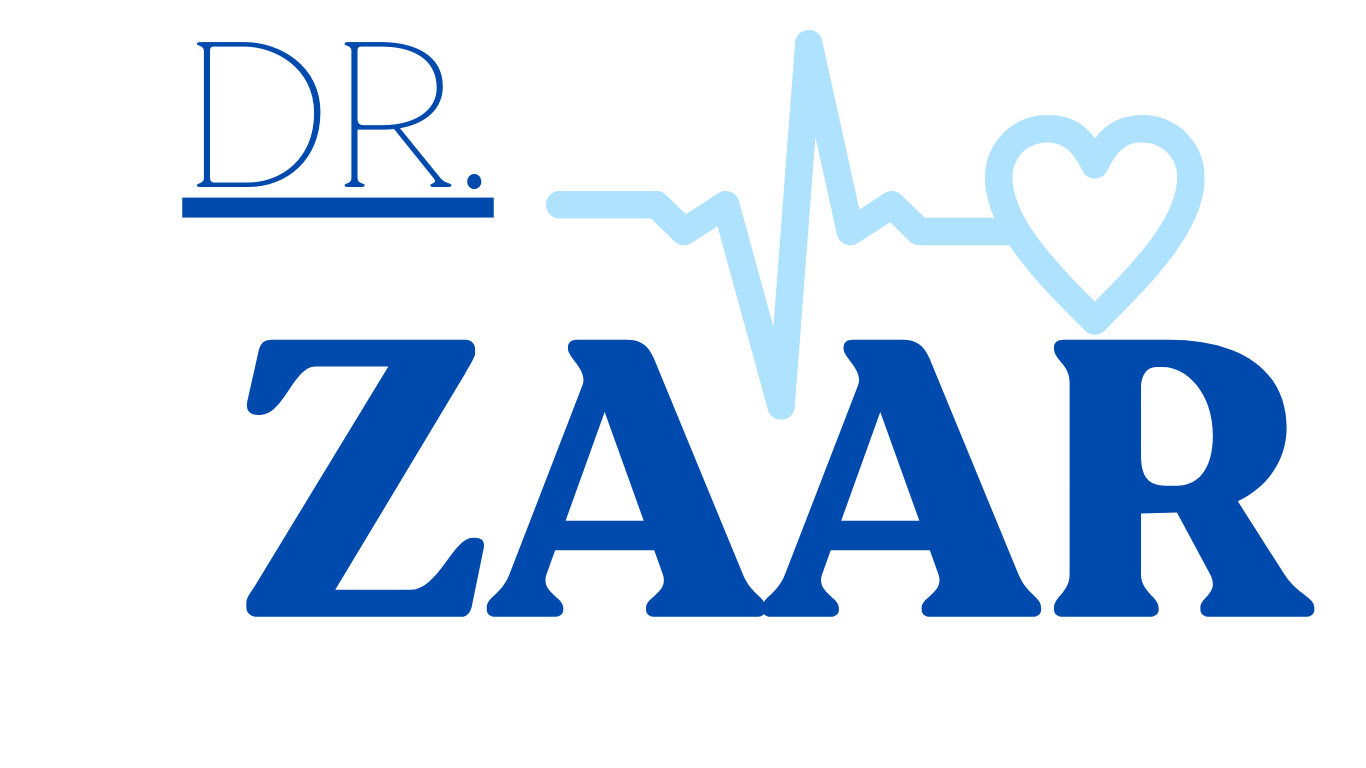- January 17, 2025
- By drzaarofficial1@gmail.com
- 6
The Hormone and Neurotransmitter That Regulates Stress and Alertness
Understanding Noradrenaline and Its Functions
Noradrenaline (also known as norepinephrine) is a catecholamine hormone and neurotransmitter that plays a crucial role in the body’s response to stress and regulation of various physiological processes. It is produced primarily in the adrenal glands and the brainstem, specifically in the locus coeruleus, a cluster of neurons in the brain. As a neurotransmitter, noradrenaline helps transmit signals in the brain and nervous system, influencing mood, attention, and the “fight-or-flight” response.
In response to stress, noradrenaline is released into the bloodstream, where it acts on various organs, including the heart, blood vessels, and lungs. It increases heart rate, constricts blood vessels, and enhances blood flow to essential muscles, preparing the body for rapid action. Additionally, noradrenaline helps regulate arousal, focus, and memory formation, making it vital for cognitive function and mental alertness.
Key Functions of Noradrenaline
Noradrenaline plays a multifaceted role in the body, including regulating blood pressure, heart rate, and the body’s stress response. It helps mobilize energy by increasing blood sugar levels and promoting the breakdown of fat for energy. As a neurotransmitter, noradrenaline influences mood, arousal, and mental focus. It prepares the body to respond to stress by initiating the fight-or-flight reaction, increasing blood flow to vital organs like the heart and lungs. Furthermore, noradrenaline is involved in attention, learning, and memory, influencing cognitive processes and emotional regulation.
The Role of Noradrenaline in Health and Disease
Noradrenaline plays a vital role in maintaining homeostasis and responding to stress, but when its levels are dysregulated, it can lead to various health issues. Abnormal noradrenaline levels are associated with several mental health and cardiovascular conditions. In excess, noradrenaline can contribute to anxiety, hypertension, and stress-related disorders, as it increases heart rate, blood pressure, and overall arousal. On the other hand, low levels of noradrenaline are linked to conditions like depression, attention deficit hyperactivity disorder (ADHD), and chronic fatigue syndrome, where mental alertness, mood, and cognitive function are impaired. Noradrenaline imbalances can also affect the autonomic nervous system, leading to problems with regulating blood pressure, heart rate, and digestion. Researchers have explored noradrenaline as a therapeutic target for conditions like depression and ADHD, where restoring proper neurotransmitter balance may help improve mood and cognitive function. Disorders Linked to Noradrenaline Imbalance An imbalance in noradrenaline levels can lead to a variety of disorders, particularly in the cardiovascular and mental health systems. High noradrenaline levels are associated with stress, anxiety, and hypertension, as the hormone increases heart rate and constricts blood vessels. Chronic overproduction of noradrenaline can lead to cardiovascular problems such as high blood pressure and increased risk of heart disease. In contrast, low levels of noradrenaline are linked to mood disorders like depression, where symptoms include low energy, lack of focus, and reduced motivation. Noradrenaline deficiency is also seen in conditions like ADHD and chronic fatigue syndrome, where attention and mental clarity are impaired.
Contact Us
+92-321-9700-700
FAQs About Noradrenaline
1. What is noradrenaline (norepinephrine)?
Noradrenaline (norepinephrine) is both a hormone and neurotransmitter that plays a critical role in the body’s stress response, regulating blood pressure, heart rate, and mood. It is also involved in attention, focus, and cognitive processes.
2. How does noradrenaline affect the body during stress?
During stressful situations, noradrenaline is released into the bloodstream, triggering the fight-or-flight response. It increases heart rate, constricts blood vessels, and improves blood flow to muscles, preparing the body for quick action.
3. What is the role of noradrenaline in mood regulation?
Noradrenaline influences mood, attention, and emotional regulation. Low levels of noradrenaline are associated with mood disorders like depression, where symptoms such as fatigue, low motivation, and poor concentration are common.
4. How does noradrenaline impact cognitive function?
Noradrenaline is involved in cognitive functions such as attention, learning, and memory. It helps regulate mental alertness and focus, which are essential for optimal brain function and performance.
5. What causes high noradrenaline levels?
High levels of noradrenaline are typically caused by stress, anxiety, or certain medical conditions, including pheochromocytoma (a rare tumor of the adrenal gland). Chronic stress can lead to elevated noradrenaline, contributing to symptoms like elevated heart rate, high blood pressure, and feelings of anxiety.
6. What are the symptoms of low noradrenaline levels?
Low noradrenaline levels can lead to symptoms such as fatigue, low mood, lack of focus, and difficulty concentrating. It is commonly seen in conditions like depression, ADHD, and chronic fatigue syndrome.
7. How is noradrenaline tested?
Noradrenaline levels can be measured through blood or urine tests, but these tests are usually performed in specialized research or diagnostic settings. A healthcare provider may assess noradrenaline through tests for related conditions such as anxiety, hypertension, or depression.
8. How does noradrenaline affect blood pressure?
Noradrenaline increases blood pressure by constricting blood vessels and increasing heart rate. This is part of the body’s natural response to stress or danger, ensuring adequate blood flow to essential organs.
9. Can noradrenaline be used to treat low blood pressure?
Yes, in medical settings, synthetic noradrenaline can be used to treat low blood pressure (hypotension), particularly in critical care settings. It helps raise blood pressure by stimulating vasoconstriction and increasing heart rate.
10. Can noradrenaline levels be regulated?
Yes, medications such as antidepressants (e.g., SNRIs) and ADHD treatments (e.g., norepinephrine reuptake inhibitors) can regulate noradrenaline levels in the brain, helping to improve mood, focus, and energy levels.
